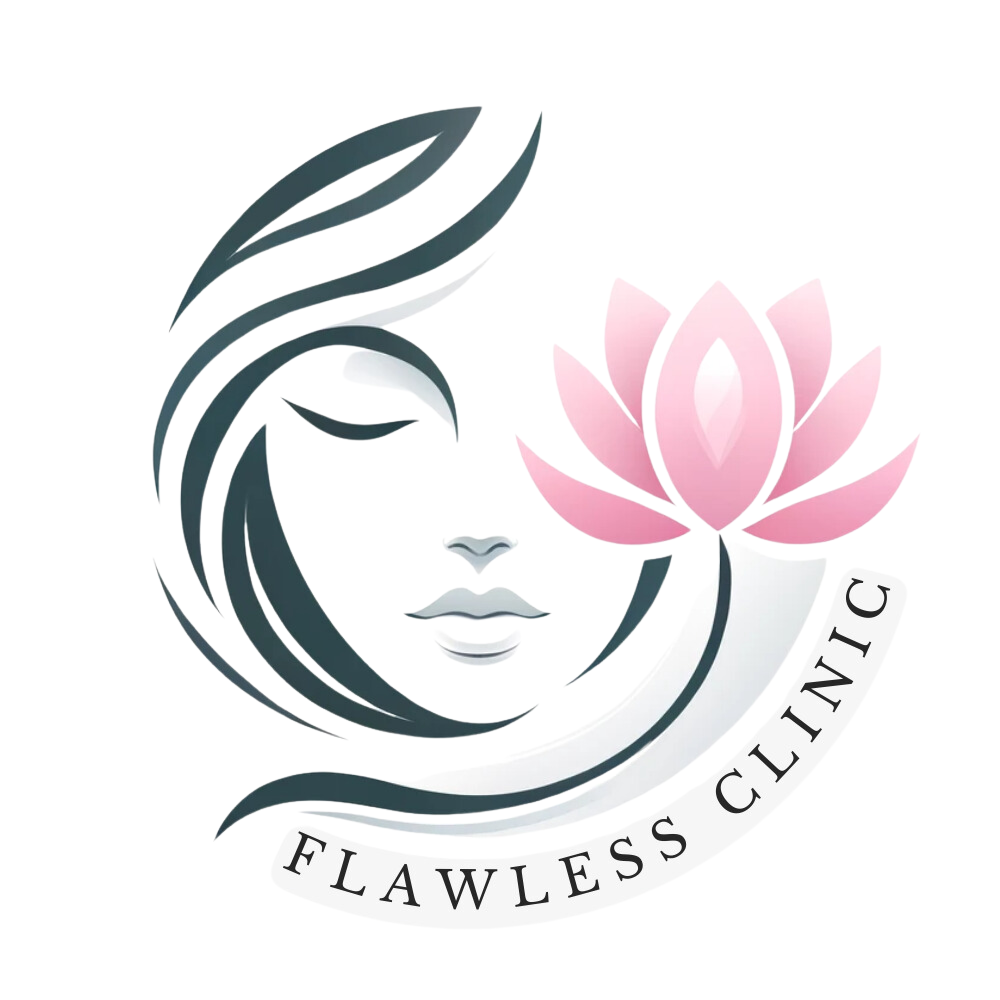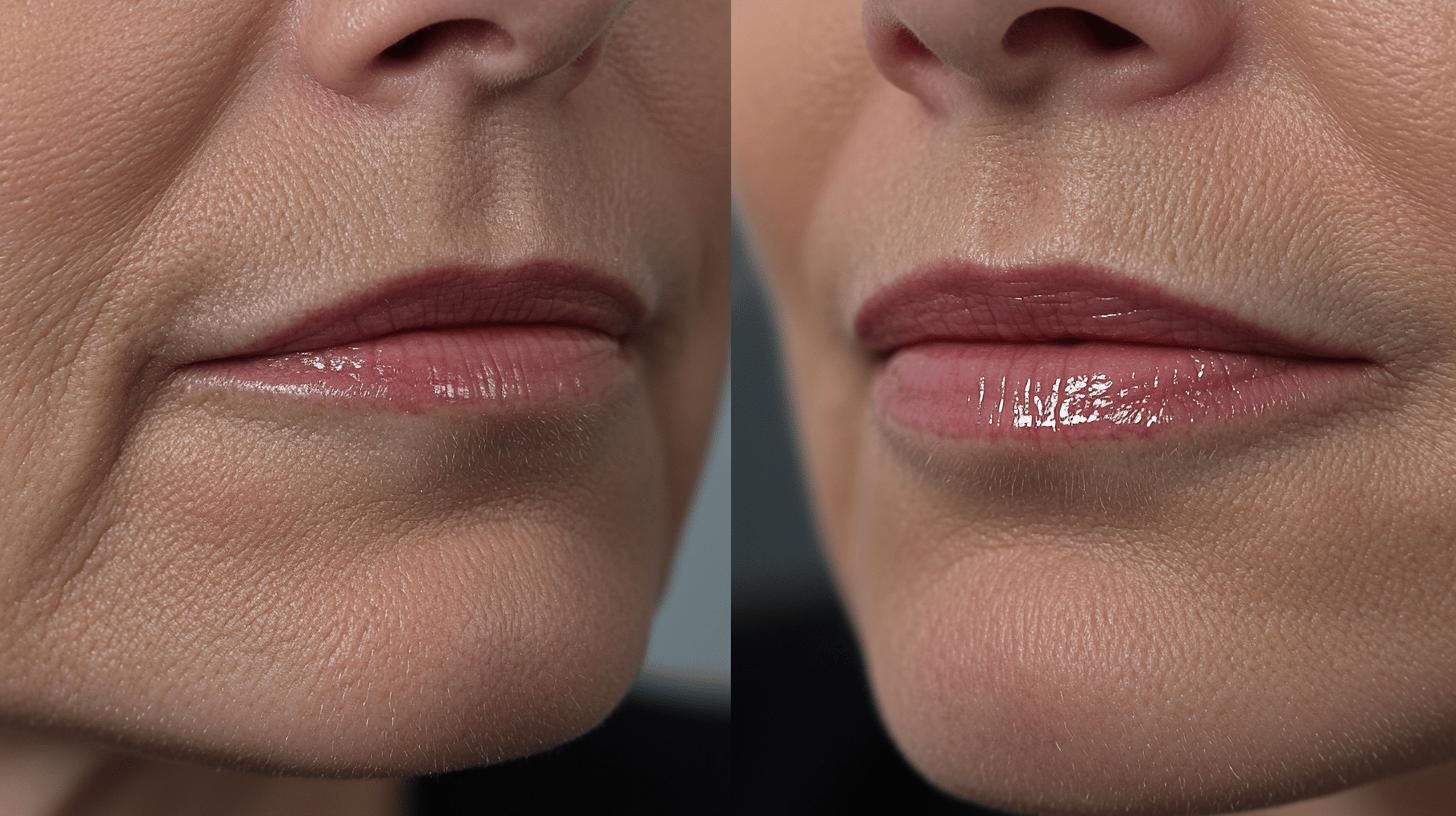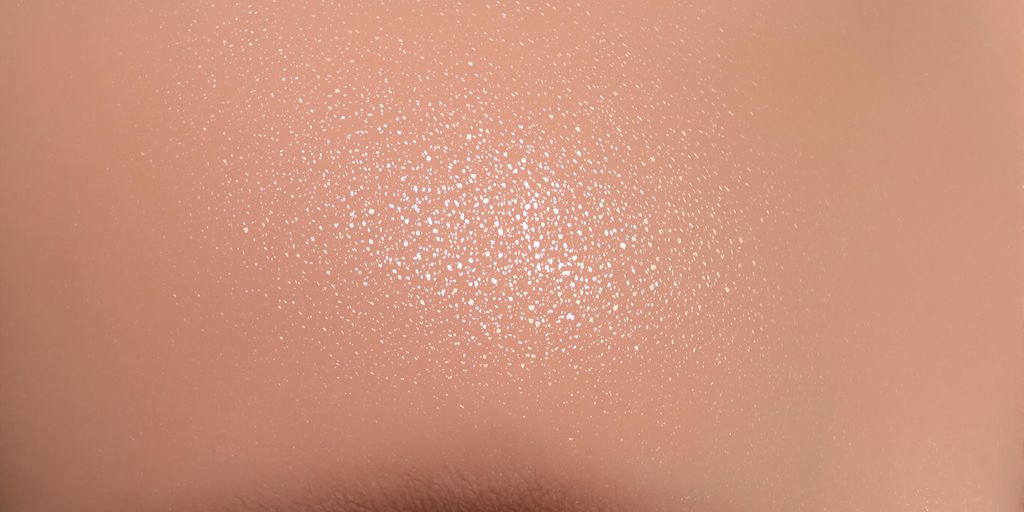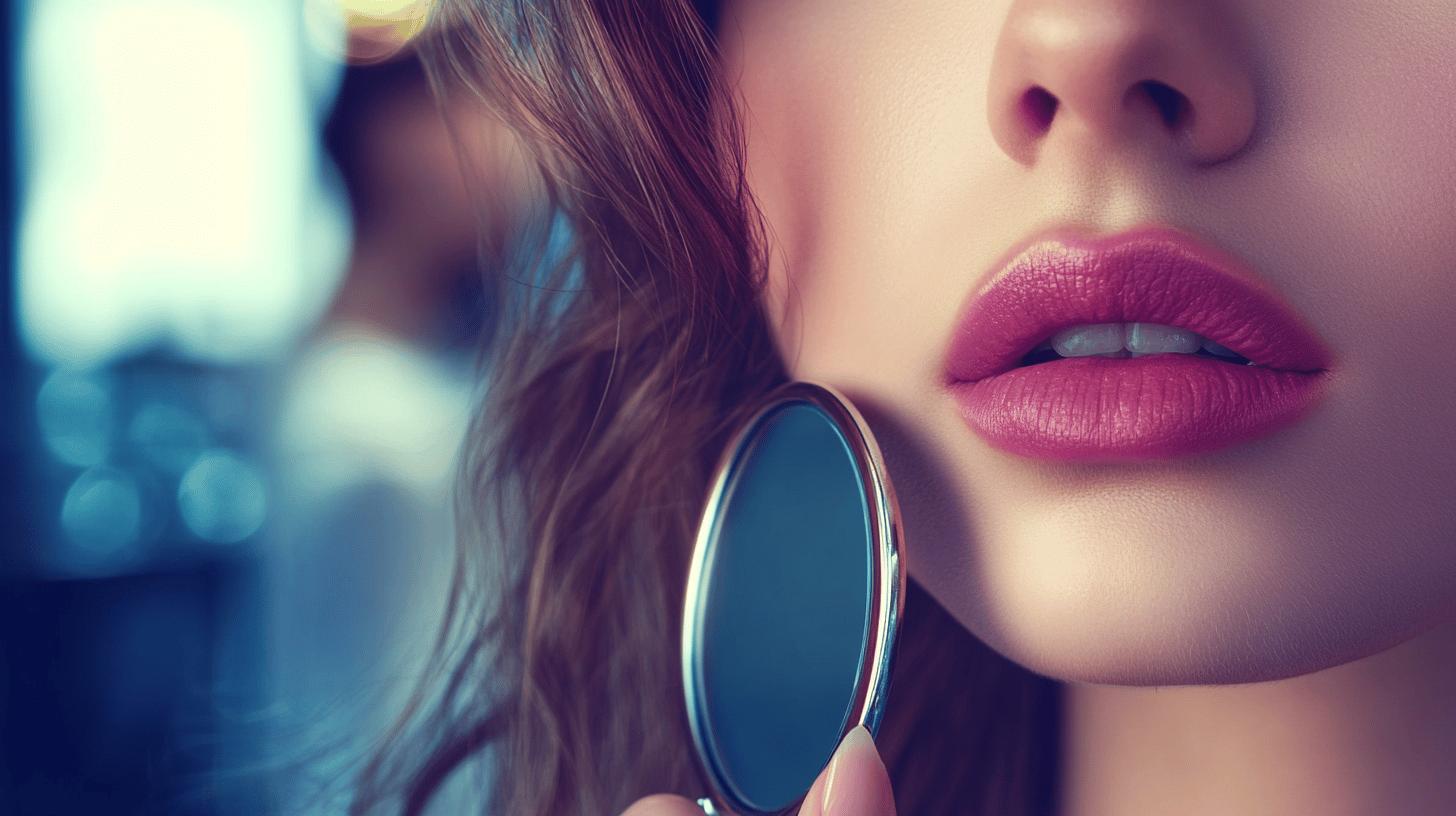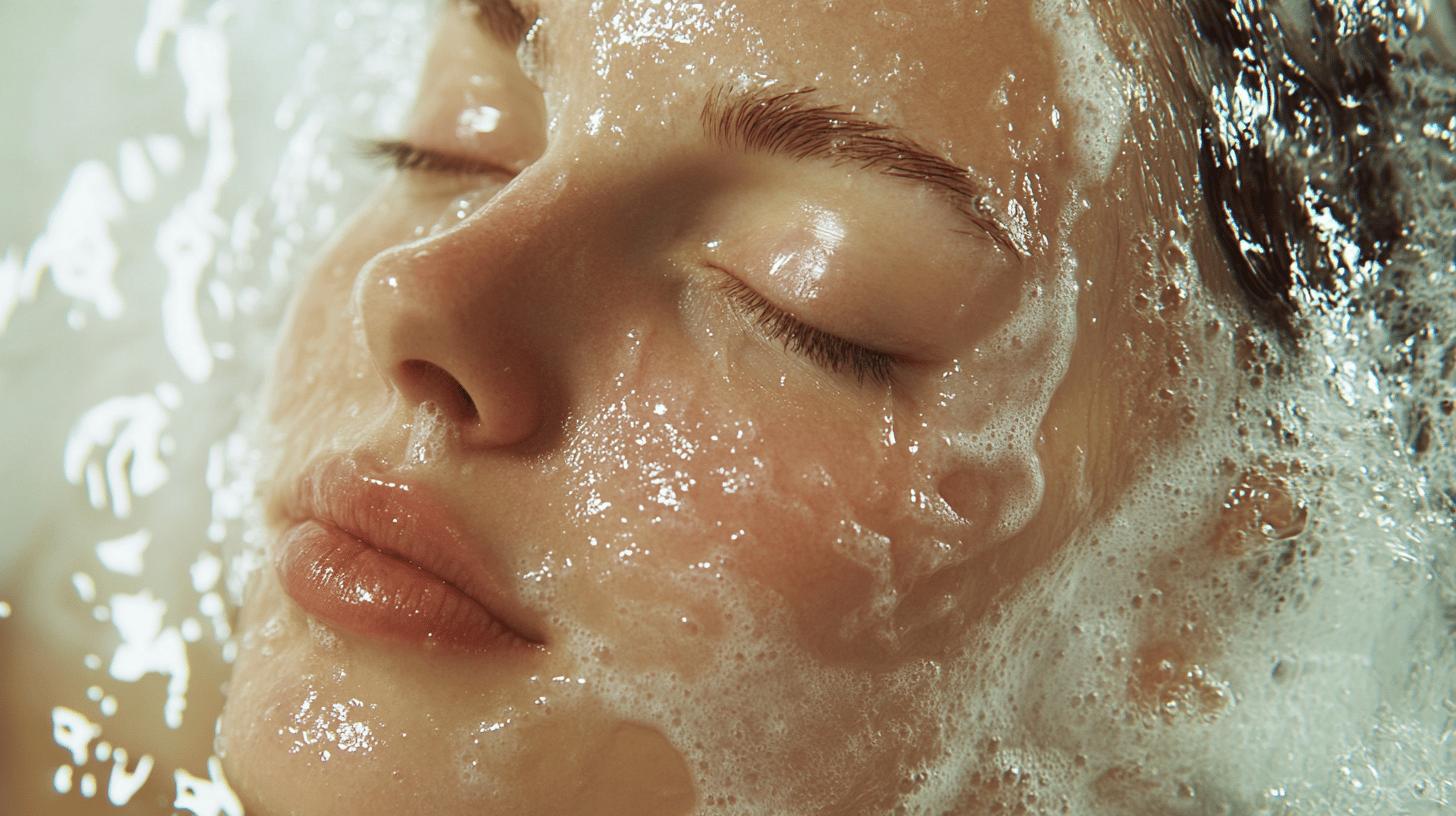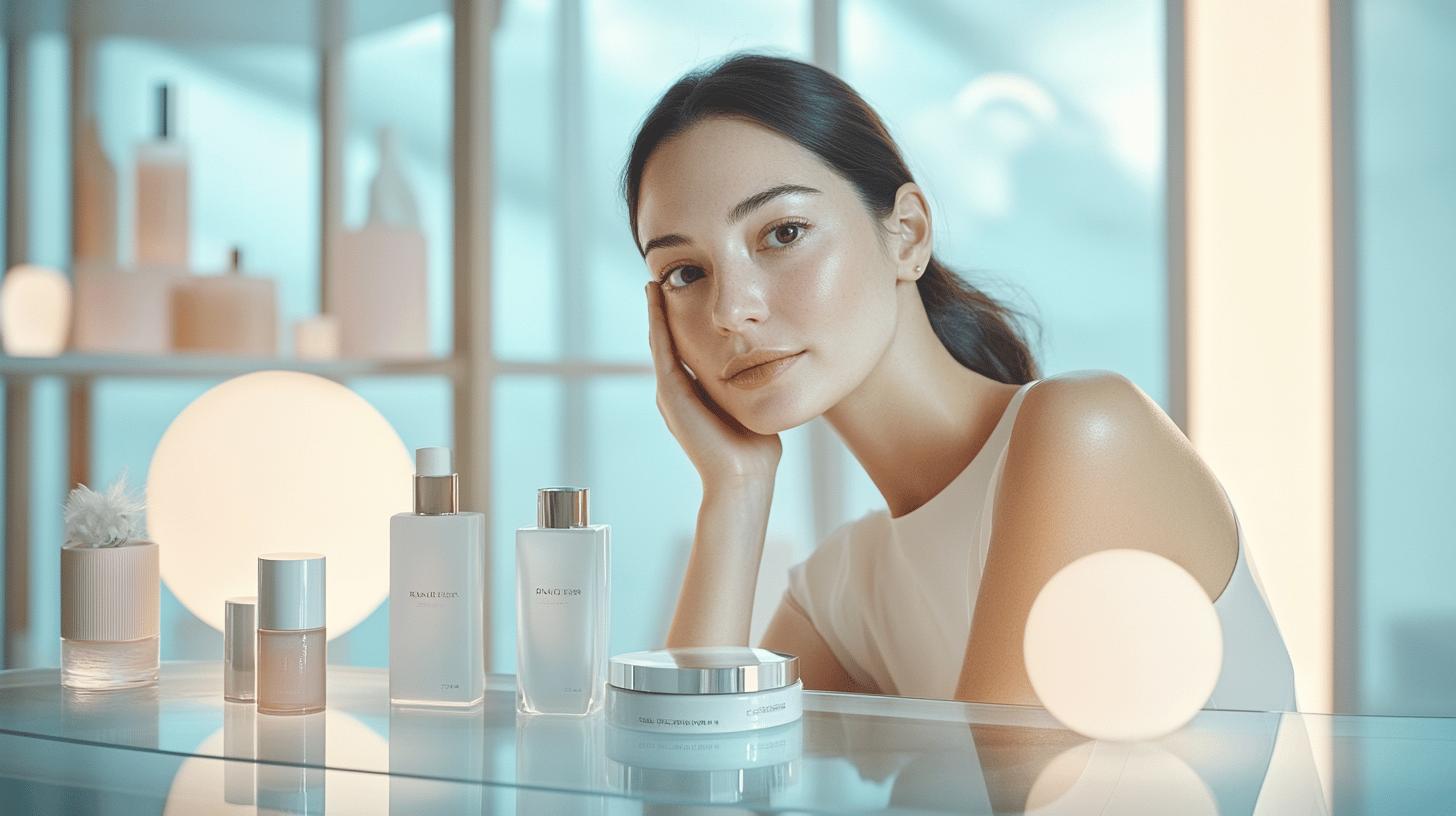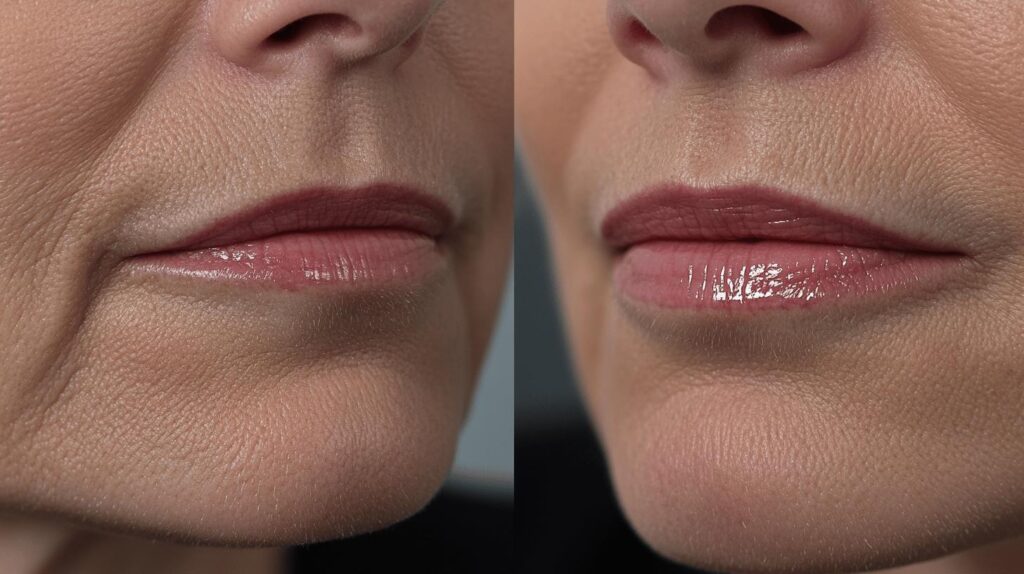Are lip fillers simply a passing fad or the future of beauty enhancement? The landscape of aesthetic treatments has drastically transformed over the years, with lip fillers sitting at the forefront of this evolution. Dating back to the early 1900s, unsuccessful attempts with liquid paraffin marked the rudimentary beginnings. However, the field has advanced immensely, especially with the introduction of non-surgical, hyaluronic acid-based injectables, which have revolutionised the approach to lip augmentation. This blog delves into the rich history, current trends, and future innovations of lip fillers, offering insights into their ever-evolving role in cosmetic procedures.
The Historical Journey of Lip Fillers
Lip fillers have a storied history that began in the early 1900s. Initial attempts at lip augmentation involved the use of liquid paraffin, which proved unsuccessful due to complications such as granulomas and migration. These early experiments highlighted the challenges of achieving safe and effective lip enhancement, laying the groundwork for future developments.
The 20th century witnessed significant advancements in cosmetic surgery, revolutionising lip augmentation techniques. The advent of silicone injections and collagen fillers offered more reliable results, albeit with varying degrees of success and safety. These methods provided permanent changes but were invasive and presented risks, sparking a continuous search for safer alternatives. This era marked a crucial step forward, providing valuable insights that paved the way for modern innovations.
- Early 1900s: Initial attempts with liquid paraffin
- Mid-20th century: Introduction of silicone and collagen fillers
- Late 20th century: Development of safer surgical techniques
- Early 2000s: Rise of hyaluronic acid-based fillers
- 2010s: Popularisation through social media and celebrity influence
A major shift occurred with the introduction of non-surgical injectable fillers, primarily using hyaluronic acid. These fillers offered temporary, customisable enhancements, prioritising safety and reversibility. Hyaluronic acid’s biocompatibility ensured minimal adverse reactions, making it a preferred choice for many seeking lip augmentation. This contemporary move towards non-surgical methods reflects a broader trend towards minimally invasive cosmetic procedures, catering to a growing demand for natural-looking results with reduced recovery time.
Current Trends in Lip Filler Techniques
The current landscape of lip filler techniques reflects a significant shift towards natural-looking enhancements. Individuals increasingly seek subtle improvements that enhance existing features rather than drastically altering them. This trend focuses on achieving harmony and balance with the rest of the face, favouring techniques that provide a refreshed appearance without overt signs of cosmetic intervention. The drive towards authenticity in beauty has led to a preference for treatments that deliver understated elegance, with an emphasis on maintaining individuality.
The “Cupid’s Bow” Trend
The “Cupid’s Bow” trend has gained considerable attention for its cultural and aesthetic appeal. This technique focuses on defining the central part of the upper lip, creating a heart-shaped contour that is both charming and timeless. The appeal lies not only in its capacity to enhance femininity but also in its rootedness in historical beauty ideals. The “Cupid’s Bow” shape often evokes images of classic Hollywood glamour, making it a popular choice for those seeking a blend of vintage allure and modern sophistication. Practitioners aim to achieve a precise and symmetrical look, using fillers to accentuate the natural curves of the lips.
The “Russian Lips” technique, originating from Russia, has captured the interest of those desiring a more pronounced lip shape. This approach involves vertical filler injections to increase lip height and size, creating a doll-like appearance. However, this method can pose potential issues, such as filler migration and an unnatural “shelfy” look, if not executed by a skilled professional. It is crucial for patients to consult with experienced practitioners who understand the nuances of this technique to avoid complications and ensure aesthetically pleasing results.
In addition to traditional filler methods, the rise of non-surgical options like lip-thread techniques has provided new avenues for those seeking enhancement. Lip-thread techniques utilise biocompatible threads to stimulate collagen production, offering a natural plumping effect with longer-lasting results. This method appeals to individuals favouring minimally invasive procedures, aligning with the broader trend towards natural aesthetics. The increased interest in lip-thread techniques highlights the ongoing innovation within the field of cosmetic enhancement, with an emphasis on safety and subtlety.
The demand for customised lip shapes continues to grow, as patients seek tailored treatments that reflect their unique beauty aspirations. Personalisation in lip filler techniques allows individuals to work closely with practitioners to achieve specific contours and volumes that complement their facial features. This trend underscores the importance of bespoke approaches in aesthetic medicine, recognising that beauty is not one-size-fits-all but rather an individual journey shaped by personal preferences and goals.
The Science Behind Modern Lip Fillers
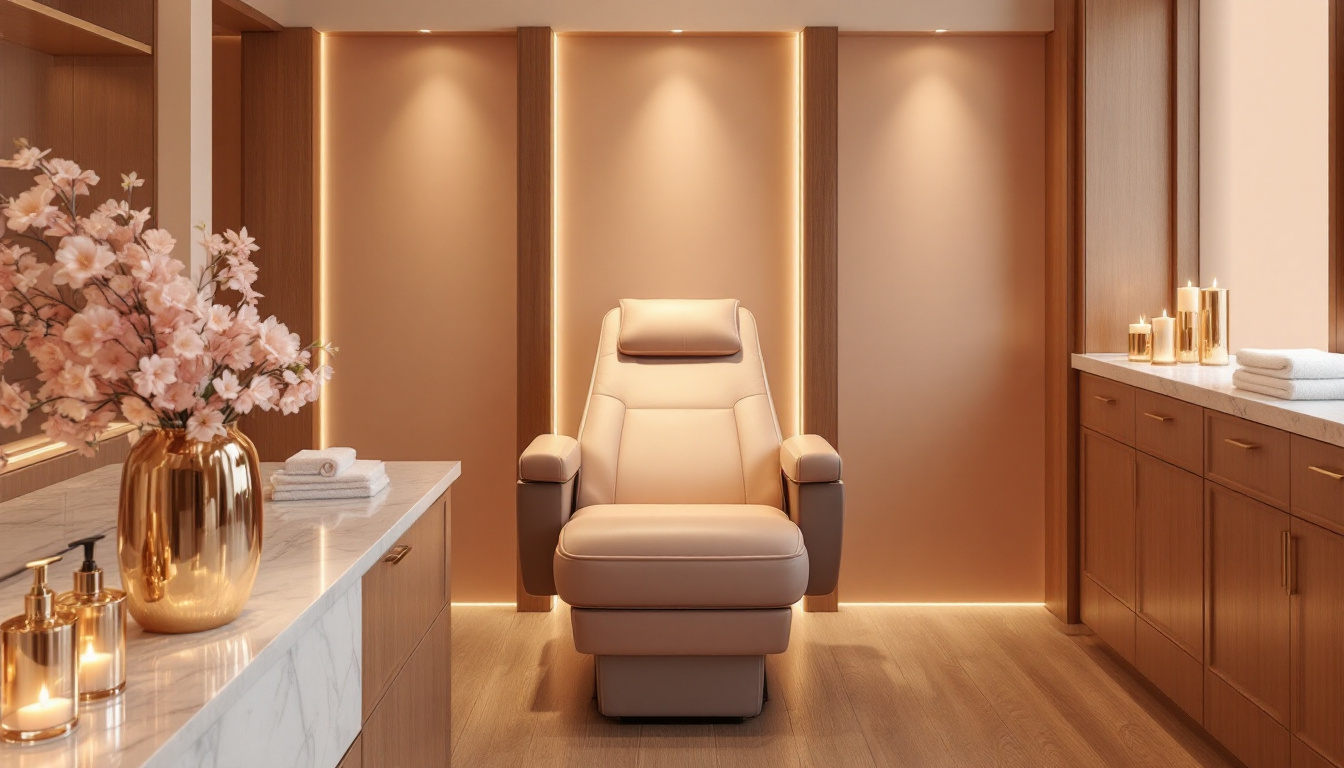
Hyaluronic acid plays a pivotal role in modern lip augmentation techniques. As a naturally occurring substance in the body, hyaluronic acid offers the advantage of biocompatibility, reducing the likelihood of adverse reactions. When used in dermal fillers, it provides temporary yet effective enhancements that can be tailored to fit individual aesthetic goals. The ability to retain moisture and add volume makes hyaluronic acid-based fillers a preferred choice for those seeking to enhance their lips with a natural look.
Recent advancements in the texture and longevity of lip fillers have further refined the art of lip augmentation. Modern fillers are designed to mimic the natural feel of lip tissue, offering a smoother and more consistent application. These improvements in texture ensure that the results are not only aesthetically pleasing but also comfortable for the patient. Moreover, the longevity of these fillers has been extended, with many products now lasting upwards of 12 months, balancing the need for maintenance with sustained results.
The safety and customizability of modern fillers have significantly contributed to their widespread acceptance. The reversible nature of hyaluronic acid fillers allows for adjustments or complete removal if desired, providing peace of mind to patients. This flexibility is complemented by the precision with which practitioners can customise treatments, tailoring the volume and shape to each individual’s preferences. The combination of safety, effectiveness, and adaptability underscores the evolution of fillers as a sophisticated option for achieving personalised beauty enhancements.
The Influence of Social Media and Celebrity Culture
Social media platforms have significantly reshaped beauty trends, particularly in the realm of lip fillers. Instagram, TikTok, and YouTube serve as powerful tools for showcasing cosmetic enhancements, allowing influencers and celebrities to share their transformation stories with a global audience. This visibility has normalised aesthetic treatments, making them more accessible and desirable to a broader demographic. The immediacy of social media also facilitates the rapid spread of beauty trends, encouraging individuals to emulate the looks of their favourite personalities. This digital landscape has created a dynamic environment where aesthetic ideals can shift quickly, propelled by likes, shares, and viral content.
- Kylie Jenner
- Kim Kardashian
- Bella Hadid
- Cardi B
The ‘Kylie Jenner Effect’ exemplifies the profound impact a single celebrity can have on the cosmetic industry. In May 2015, Kylie Jenner publicly acknowledged her use of lip fillers, resulting in a staggering 70% increase in enquiries at some clinics. This revelation spurred a trend among young individuals seeking similar enhancements, highlighting the influence celebrities wield over beauty norms. The effect of Jenner’s admission underscores the symbiotic relationship between celebrity culture and cosmetic trends, illustrating how public figures can drive demand and shape aesthetic standards.
Future Innovations in Lip Fillers
Predicted advancements in filler technology suggest a transformative future for lip augmentation. As research progresses, there is an emphasis on integrating cutting-edge biomaterials that enhance the durability and natural appearance of lip fillers. These innovations are expected to improve the elasticity and adaptability of fillers, providing results that move seamlessly with facial expressions. Additionally, advancements in the formulation could lead to extended longevity, reducing the frequency of maintenance treatments. This focus on technology aims to elevate user satisfaction by ensuring more natural and lasting outcomes.
Sustainable and Customisable Fillers
The potential development of sustainable fillers is gaining traction within the cosmetic industry. Environmentally friendly alternatives are being explored, leveraging biodegradable materials that balance efficacy with ecological responsibility. These eco-friendly solutions align with the growing consumer preference for sustainable products, reflecting a broader societal shift towards environmental consciousness. Simultaneously, the demand for customised lip augmentation options continues to rise. Patients increasingly seek fillers tailored to their unique facial anatomy and aesthetic desires, necessitating a bespoke approach in product formulation and application. This trend highlights a move towards personalisation, ensuring treatments are as individual as the clients themselves.
The trend towards personalised treatments is reshaping the landscape of lip fillers. Customisation in lip augmentation involves tailoring the volume, shape, and symmetry to align with a client’s specific preferences and facial features. Advanced imaging technologies and digital simulations are being utilised to preview potential outcomes, enabling practitioners and patients to co-create their ideal results. This approach not only enhances client satisfaction but also ensures a more harmonious integration of the enhancement with the individual’s natural beauty. The focus on bespoke treatments underscores a significant shift towards recognising and celebrating personal uniqueness in aesthetic medicine.
Technology plays a pivotal role in achieving precision in lip filler applications. The integration of advanced tools such as computer-assisted delivery systems and real-time ultrasound imaging offers unprecedented accuracy during procedures. These technologies facilitate the exact placement of fillers, enhancing both safety and aesthetic results. Furthermore, innovations in nano-technology are being explored to optimise filler distribution at a microscopic level, ensuring even and consistent outcomes. The incorporation of these technological advancements demonstrates a commitment to refining the precision and effectiveness of lip augmentation, aligning with the industry’s pursuit of excellence.
The expected shift towards subtle enhancements reflects evolving beauty standards that prioritise authenticity and individual expression. The trend is steering away from exaggerated features, favouring natural-looking results that complement rather than dominate one’s appearance. This inclination towards subtlety is influenced by a broader cultural movement that values self-acceptance and understated elegance. As beauty ideals continue to evolve, the future of lip fillers is poised to embrace enhancements that highlight individuality while maintaining the integrity of one’s unique features. This progression indicates a promising direction for the cosmetic industry, focusing on enhancing natural beauty with nuanced sophistication.
Final Words
Exploring the history of lip fillers reveals a fascinating evolution. From early 20th-century experiments with liquid paraffin to the groundbreaking introduction of hyaluronic acid, significant advancements have been achieved. Current trends highlight techniques focusing on natural results and customisation, while the science behind these fillers ensures safety and reversibility.
Social media and celebrity influence have undeniably contributed to their widespread popularity. Looking ahead, sustainable innovations and personalised treatments promise to define the future of lip fillers. Ultimately, the evolution of lip fillers underscores a consistent drive towards enhancing beauty through safe and effective techniques.
FAQ
Q: What are the trends for lip fillers in 2024?
A: The trends for lip fillers in 2024 emphasise natural-looking enhancements and techniques like “Cupid’s Bow” and “Russian Lips”. Non-surgical options, such as lip-thread techniques, are also becoming popular.
Q: What is the new trend in lip fillers?
A: The newest trend in lip fillers focuses on achieving natural aesthetic enhancements. Techniques such as “Russian Lips” accentuate volume and shape while maintaining a subtle appearance.
Q: What is the new technique for lip fillers?
A: Modern techniques for lip fillers include “Cupid’s Bow”, enhancing the central upper lip, and non-surgical lip-thread methods. These offer defined shapes and volumising without invasive procedures.
Q: What is the next best thing to lip fillers?
A: The next best alternative to lip fillers is lip-thread techniques. These non-surgical methods create subtle, natural-looking enhancements with minimal downtime, appealing to those seeking less invasive cosmetic options.
